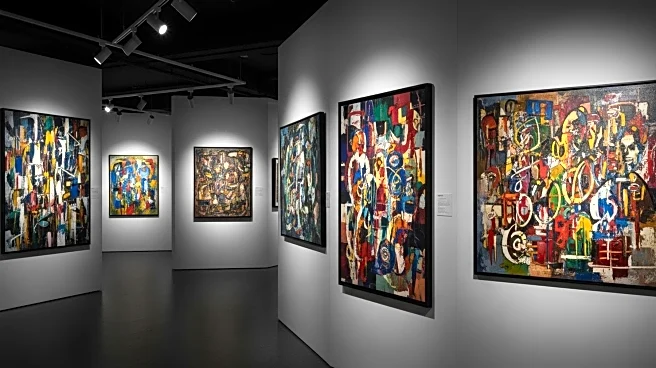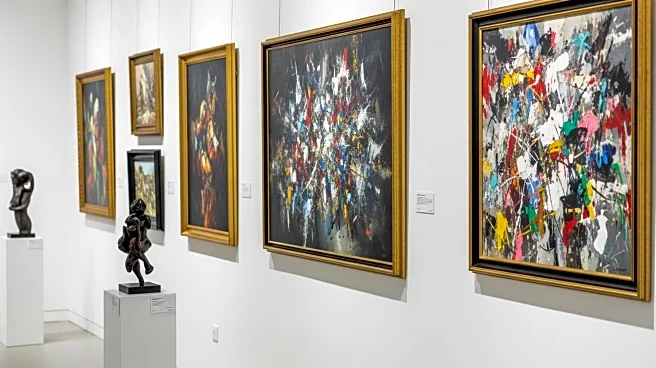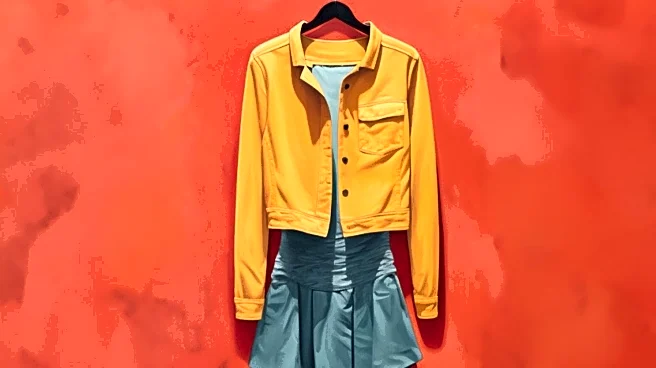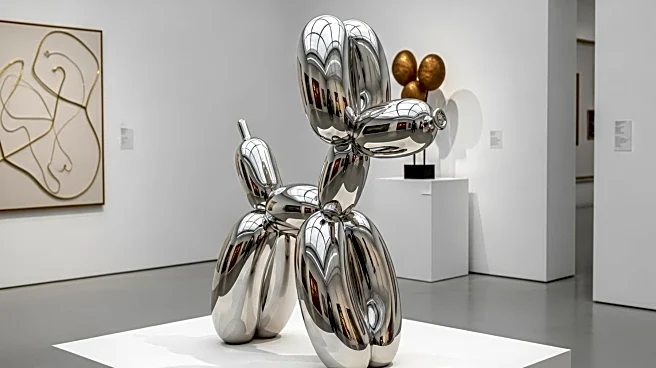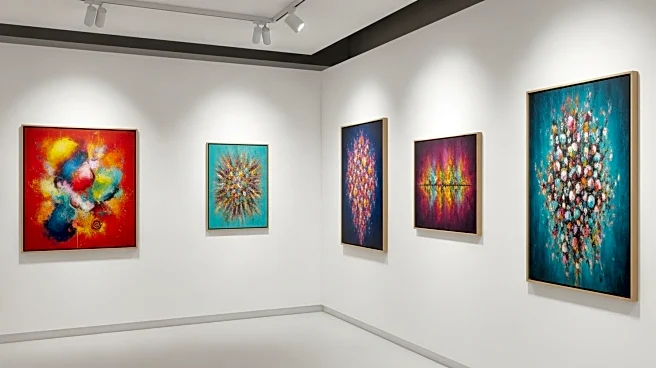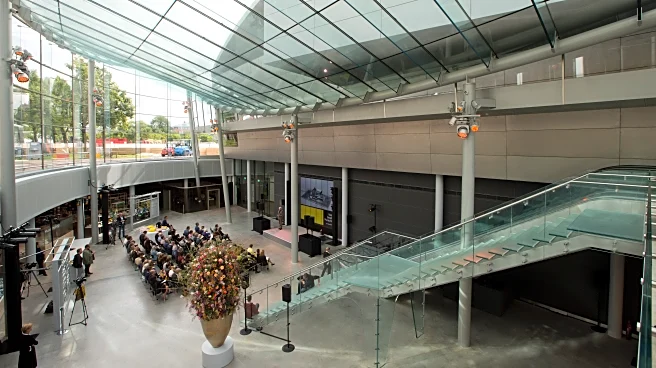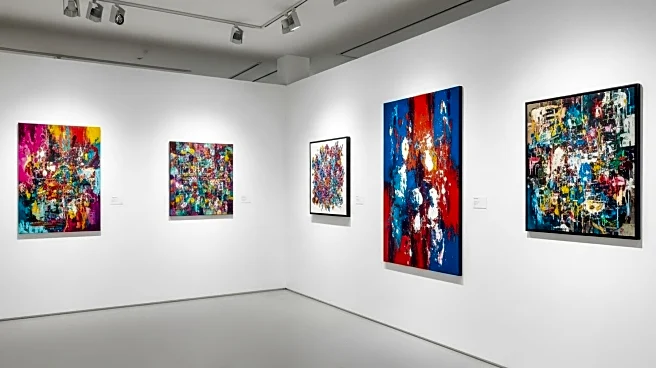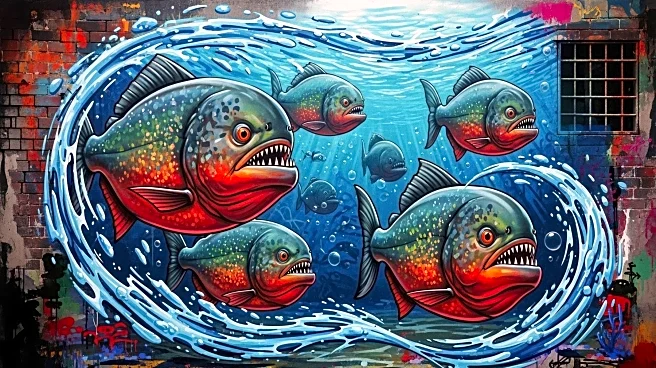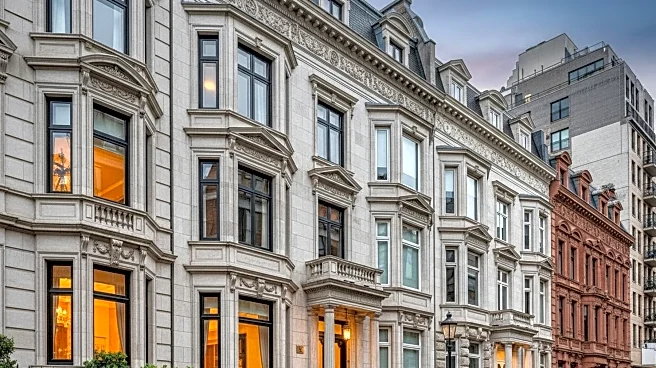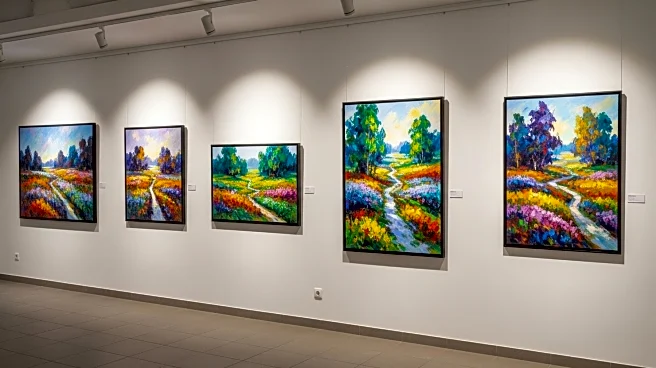What's Happening?
Christie's is preparing to auction a previously under-the-radar art collection owned by Robert F. Weis, former chairman of Weis Markets, and his wife Patricia G. Ross Weis. The collection, which includes works by renowned artists such as Mark Rothko, Henri Matisse, and Max Ernst, has been kept private for nearly seven decades. Among the notable pieces are a 1958 painting by Rothko valued at approximately $50 million and a 1932 Picasso portrait valued at around $40 million. The collection was discovered when a spreadsheet detailing the artworks was sent to Christie's vice chairman Max Carter, who was surprised by the trove's existence.
Why It's Important?
The auction of the Weis art collection is significant for the art market, potentially fetching up to $180 million. This event highlights the value and impact of private collections on the art world, as well as the potential for previously unknown collections to emerge and influence market dynamics. The sale could attract major collectors and investors, impacting the valuation of similar artworks and setting new benchmarks for pieces by Rothko, Picasso, and other artists included in the collection. It also underscores the importance of private collectors in preserving and eventually sharing significant cultural assets.
What's Next?
Christie's will proceed with the auction, which is expected to draw significant attention from art collectors and investors worldwide. The sale could lead to increased interest in private collections and prompt other collectors to consider auctioning their holdings. The outcome of the auction may influence future sales and valuations of similar artworks, potentially affecting the strategies of art investors and collectors. Additionally, the auction could inspire discussions about the role of private collections in the art world and their impact on public access to cultural heritage.
Beyond the Headlines
The auction of the Weis collection raises questions about the ethics and responsibilities of private collectors in the art world. It highlights the balance between maintaining privacy and contributing to public cultural knowledge. The emergence of such collections can shift perceptions of art ownership and accessibility, prompting debates on the role of private collectors in preserving cultural heritage. Furthermore, the sale may influence future trends in art collection and investment, as well as the relationship between private collectors and public institutions.
